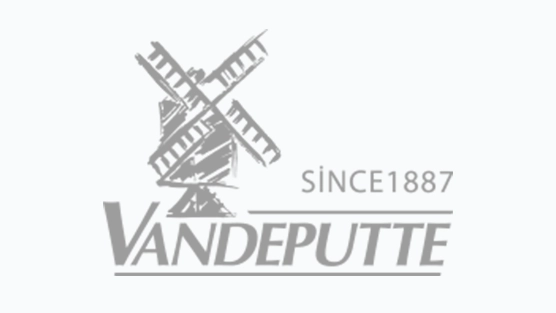Initial situation: 97% HD-PE type goods, 3% color new goods
Current version: 97% PCR material, 3% color virgin material
Article weight: 1.7 g
Use of POST-CONSUMER-MATERIAL (PCR).
More environmental and climate protection through a more careful use of natural resources is one of the top issues when it comes to the flexible packaging of soaps and detergents. But can sustainable packaging also provide a high level of product protection without compromising on functionality? Yes, they can! Together with our customer Vandeputte SAS, we have developed a cap made from a PCR-PE and launched it on the market in series. This not only saves resources, but also protects our climate.
Two companies, one common goal - more resource conservation:
By changing the material of our C-AE 003 screw cap (opening diameter 17.5 mm) from virgin PE to post-consumer recycled PE (PCR-PE), greenhouse gas savings of around 50% are achieved.
We have thus developed a sustainable packaging solution without compromising on the agreed quality features and functionalities.

THE SPECIAL FEATURES OF THE SCREW CAP FROM PCR.
Use of PCR materials already resources
Our cap made from a PCR-PE is ideal as part of the overall packaging. The material is obtained from the packaging waste of the dual systems. After use, the entire bag can be disposed of in the yellow garbage can and thus leads to a closed material cycle.
Functionality despite fluctuating delivery batches
The customer's main requirement was to produce a screw cap made of PCR material that would simultaneously ensure a high level of product protection and the required functionality without any loss of quality compared to virgin material. Maintaining the agreed quality characteristics in different productions with different material batches was particularly challenging. In contrast to virgin material, the composition of the PCR material varies depending on the delivery batch. This is caused by the combination of different lightweight packaging in the Yellow Bag or Yellow Bin.
Mission accomplished
All challenges have been successfully overcome. The aim now is to extend the experience gained to other sizes of the spout program in order to conserve more resources and protect the climate.
There are numerous potential savings along the value chain. We would be happy to present these to you in a personal meeting:
What do we mean by
future-proof packaging?
future-proof packaging?
The EU Packaging & Packaging Waste Regulation (PPWR) sets out the framework conditions for how packaging should be designed in the future. Unnecessary packaging and packaging waste should be reduced and reusable systems and recycling should be promoted. In our opinion, plastic packaging meets precisely these requirements, as plastic is more efficient than alternative materials.
Mainly less plastic?
Plastic is more efficient than alternative materials.
On the
The wrong track?
PPWR is driving deforestation and the growth of mountains of waste.
Minimum recyclate usage?
100% in unregulated sectors (e.g. nonfood) creates incentives for investment in mechanical recycling.
Design For
Recycling?
Recyclability and the use of recyclates are the basis for a functioning circular economy.